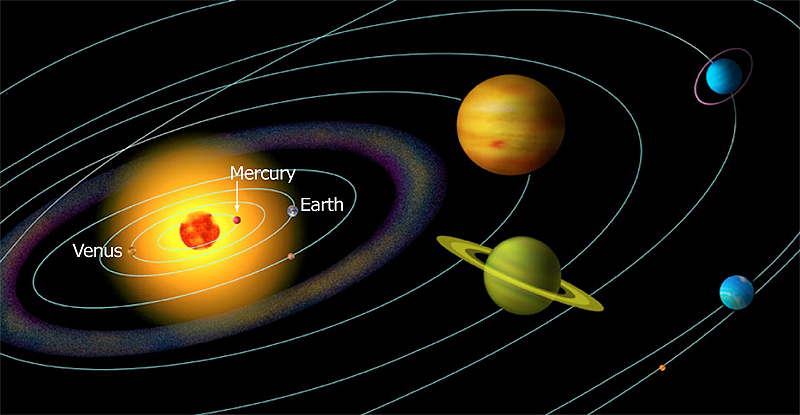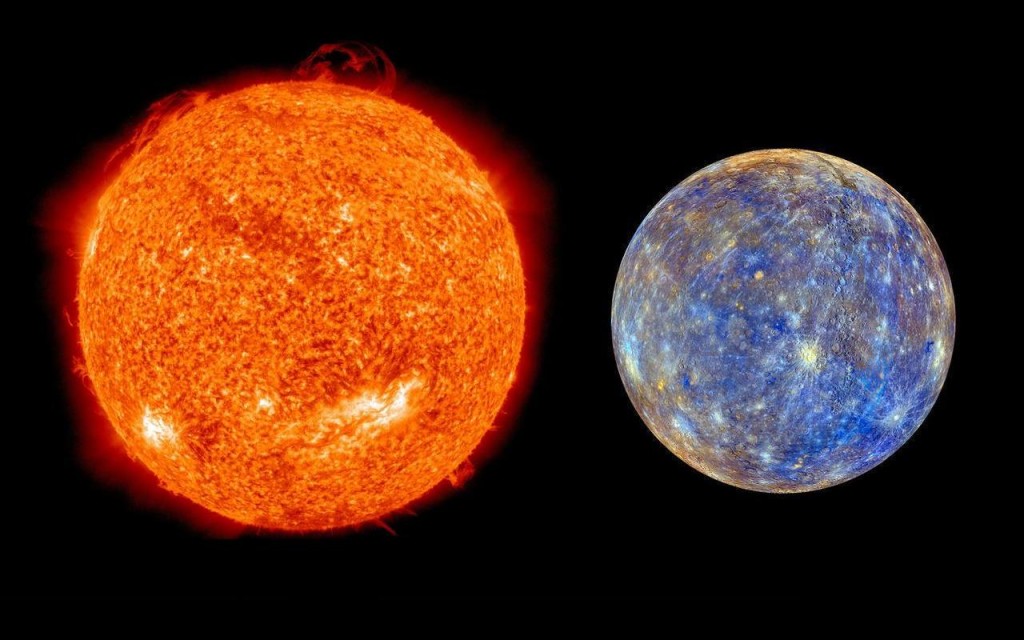Sun and Mercury’s Astrological Influence: Sun Mercury Prediction

Sun mercury prediction – The Sun and Mercury are two of the most important planets in astrology, representing our core identity and intellect, respectively. Their alignment can significantly impact our communication, self-expression, and overall cognitive abilities.
The Sun represents our ego, vitality, and sense of purpose. When it aligns with Mercury, our thoughts and ideas become more aligned with our true selves. We are more confident in expressing our opinions and can communicate our ideas clearly and effectively.
Communication
The Sun-Mercury alignment enhances our ability to communicate effectively. We can articulate our thoughts and ideas with clarity and precision. Our conversations are more engaging and persuasive, allowing us to connect with others on a deeper level.
- When the Sun and Mercury are in a harmonious aspect, such as a trine or sextile, our communication skills flourish. We can easily convey our thoughts and ideas, and others are receptive to our messages.
- However, when the Sun and Mercury are in a challenging aspect, such as a square or opposition, our communication may become more difficult. We may struggle to express ourselves clearly or may come across as too aggressive or assertive.
Intellect
The Sun-Mercury alignment also influences our intellect. When these planets are aligned, our minds become more agile and receptive to new ideas. We can learn quickly and easily, and our problem-solving abilities are enhanced.
- With a harmonious Sun-Mercury aspect, our intellectual curiosity is heightened. We are eager to learn new things and expand our knowledge.
- However, with a challenging Sun-Mercury aspect, our intellect may be more clouded. We may find it difficult to concentrate or may be prone to making mental errors.
Self-Expression
The Sun-Mercury alignment also affects our self-expression. When these planets are aligned, we are more confident in expressing our true selves. We can authentically share our thoughts, feelings, and experiences with others.
- When the Sun and Mercury are in a harmonious aspect, our self-expression is clear and concise. We can easily articulate our thoughts and feelings, and others appreciate our honesty and authenticity.
- However, when the Sun and Mercury are in a challenging aspect, our self-expression may be more difficult. We may struggle to find the right words or may come across as too self-centered or opinionated.
Historical and Mythological Perspectives

The sun and Mercury have been revered and observed since the dawn of civilization. Their movements and positions have been meticulously tracked, and their influence on human affairs has been a subject of much speculation and debate.
In ancient Egypt, the sun was worshipped as the god Ra, who was believed to be the creator of the world. Ra was often depicted as a falcon-headed man, and his cult was one of the most important in ancient Egypt.
Mercury in Mythology
Mercury, the fleet-footed messenger of the gods, has been a popular figure in mythology since ancient times. In Greek mythology, Mercury was known as Hermes, and he was the son of Zeus and Maia. Hermes was known for his cunning and his ability to travel quickly between the worlds of the gods and mortals.
In Roman mythology, Mercury was known as Mercurius, and he was the god of commerce, travel, and thieves. Mercurius was often depicted with a winged helmet and sandals, and he carried a caduceus, a staff with two entwined serpents.
Sun and Mercury in Astrology
In astrology, the sun and Mercury are two of the most important planets. The sun represents the ego, while Mercury represents the mind. The position of the sun and Mercury in a person’s birth chart can provide insights into their personality, strengths, and weaknesses.
The sun is a masculine planet, and it is associated with the element of fire. Mercury is a neutral planet, and it is associated with the element of air. The sun and Mercury are both considered to be benefic planets, and they can bring positive influences into a person’s life.
Scientific Insights

The scientific understanding of the Sun and Mercury has been shaped by centuries of observation, exploration, and technological advancements. From ancient astronomers to modern-day astrophysicists, the study of these celestial bodies has provided invaluable insights into the workings of our solar system and the universe beyond.
In this section, we will delve into the scientific characteristics of the Sun and Mercury, exploring their physical properties, orbital paths, and interactions with other planets. We will also examine how scientific discoveries have enhanced our knowledge of these celestial bodies and revolutionized our understanding of the cosmos.
The Sun: A Glowing Orb of Plasma
- The Sun is a massive ball of hot, glowing plasma that emits vast amounts of energy in the form of light, heat, and other forms of radiation.
- It is the center of our solar system and exerts a gravitational pull that keeps the planets, asteroids, and comets in orbit around it.
- The Sun’s energy is generated by nuclear fusion reactions that occur deep within its core, where hydrogen atoms are combined to form helium.
Mercury: The Swift Messenger
- Mercury is the closest planet to the Sun and the smallest planet in our solar system.
- It is a rocky planet with a thin atmosphere and a highly cratered surface.
- Mercury’s rapid rotation and proximity to the Sun result in extreme temperature variations, with surface temperatures ranging from -180 degrees Celsius at night to 450 degrees Celsius during the day.
Orbital Paths and Interactions, Sun mercury prediction
- The Sun is located at the center of our solar system, and the planets orbit around it in elliptical paths.
- Mercury’s orbit is highly elliptical, and it takes approximately 88 Earth days to complete one orbit around the Sun.
- The gravitational interactions between the Sun, Mercury, and other planets can affect their orbital paths and cause variations in their motion.
Scientific Discoveries and Enhanced Knowledge
- The invention of the telescope in the 16th century revolutionized the study of astronomy, allowing scientists to observe the Sun and Mercury in greater detail.
- In the 20th century, space probes such as Mariner 10 and MESSENGER provided valuable data and images of Mercury, revealing its surface features and composition.
- Modern astronomical techniques, including spectroscopy and photometry, have enabled scientists to determine the chemical composition, temperature, and other properties of the Sun and Mercury.